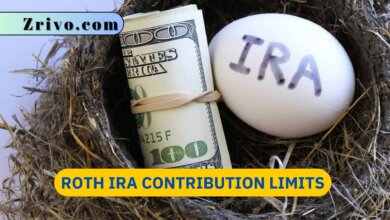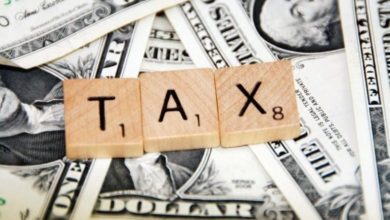Backup Withholding Rate 2023 - 2024

Contents
The backup withholding rate is the amount a company must pay to the IRS to deduct taxes in the event of bankruptcy. There are a number of exemptions and penalties for not reporting and paying backup withholding, including giving false information. Whether you are an employee or a business owner, the Backup Withholding Rate is essential to understand.
Current rate
The current backup withholding rate is 24 percent. While that sounds like a lot of money, it’s more than enough to keep your taxes in check. You may have to settle for a refund if you need to keep track of your money. Here’s what you need to know to make sure you get caught on the right side of the ledger.
Backup withholding is a nifty little nugget that’s easy to miss in filing taxes. To ensure you get your money’s worth, review the rules and regulations surrounding this important tax component. Fortunately, the IRS is more than happy to give you a hand. For a small fee, they’ll help you file the correct paperwork.
There are some tax requirements to consider. For instance, if you’re a savvy crypto-fiddler, you must know when to convert your payments from cryptocurrencies into U.S. dollars. Moreover, it would be best if you understood the tax deductibles associated with crypto-currency.
Exemptions from backup withholding
Backup withholding is a tax collected by the Internal Revenue Service. It is designed to prevent taxpayers from spending their money unnecessarily and to bind up the funds to ensure that they can pay their taxes at the end of the year.
Backup withholding is often used to collect taxes on certain types of income, such as interest payments, dividends, and royalties. However, there are exemptions from backup withholding.
Backup withholding is an administrative procedure that the IRS uses to collect taxes from taxpayers who earn certain types of income. To avoid backup withholding, you must provide the IRS with the correct information. Fortunately, you can easily avoid backup withholding if you report all your income correctly.
You may be subject to backup withholding if you receive a Form 1099 from your employer. Your name and your tax identification number (TIN) are listed on the form.
Penalties for giving false information to avoid backup withholding
If you provide false information to the IRS to avoid backup withholding, you could face a civil penalty of up to $500 or a criminal penalty of up to $1,000. You should be aware of the penalties you’re facing and make an effort to correct the error.
Backup withholding is a rule that requires specific payers to withhold tax on payments they receive. This applies to various business activities, from gambling winnings to interest and dividends. The Internal Revenue Service has provided helpful guidance for businesses and individuals on this topic. Know your tax obligations, whether you’re a small business owner or a large corporation.
The best way to avoid backup withholding is to ensure you’re providing the correct TIN. A TIN is usually a social security number. In addition to verifying your TIN, you’ll want to check your social security card for accuracy. When opening a new account, you’ll need to provide your TIN.
Reporting and paying backup withholding
If you’re paying other people, you may be required to withhold taxes on their payments. This is a process called backup withholding. The Internal Revenue Service (IRS) requires payers to withhold up to 24 percent of certain payments.
The IRS uses backup withholding to collect taxes on certain income. This includes interest and dividends, gambling winnings, and some non-payroll income. Payers must report the amount they withheld on Form 945. However, there are some exceptions to the withholding rules.
A tax rate of 24% is applied to the amounts of backup withholding. Businesses and individuals that fail to comply with these rules can face serious consequences. They can be subject to penalties, interest, or both.
Backup withholding can be required for a variety of reasons. Always check with the IRS to ensure you’re claiming the correct rate.
You can claim a reduced rate if you’re a foreign person. You can request this exemption by completing an IRS Form W-8BEN.
Self-employed individuals estimate how much they owe for the quarter and pay taxes consequently. However, before self-employed individuals get to that, they might’ve already paid a portion of it through backup withholding. The chances are this happened unexpectedly, but it could’ve been avoided if the taxpayer had known the law from the beginning.
This article will explain everything you need to know about backup withholding and the rate that it applies.
What is backup withholding?
Backup withholding happens when you don’t provide your taxpayer identification number using Form W-9 to a payer. As they don’t have the information they need to file information returns, the law requires them to withhold a portion and send the proceeds to the IRS. Hence this is called backup withholding.
Rates
The backup withholding rate for the 2022 tax year is 24 percent. Previously, this was 26 percent.
Why does backup withholding happen?
The IRS wants to make sure that every taxpayer is up to their tax payments. Since you become subject to this when you don’t provide your information to the payer, you won’t get the necessary tax forms. At the same time, as they’re not able to file the necessary tax forms to report the income paid to you, the IRS won’t know the payments.
These, overall, make backup withholding a back-up to ensure that you are up to your tax obligations. This is also largely connected to the requirement that every taxpayer who earns more than $400 during the tax year in self-employment income is required to file a tax return.





